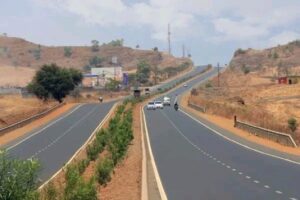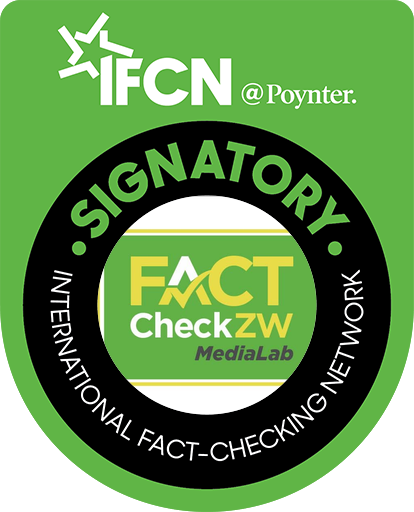On January 25, President Emmerson Mnangagwa spoke at the Feed Africa Summit in Dakar, Senegal, where heads of state from Across the continent discussed food security.
In his speech, President Mnangagwa made three key claims on the state of food production in the country. We fact-check them here.
Claim 1: Zimbabwe is now food secure
President Mnangagwa said: “In Zimbabwe, we have problems of food security…We know we need about 2-million metric tonnes of grain, so we said because there’s climate change, how many hectares of land can we put under irrigation to produce the 2-million tonnes. That we have done and we are now food secure.”
According to the government’s crop and livestock assessment report for the 2021/2022 season, Zimbabwe produced 1 557 914 metric tonnes of maize last season. This was 43% lower than in the 2020/2021 season. Total cereal production for last year was 1 752 014Mt against a national cereal requirement of 2 267 599Mt. This was lower than the 2-million tonnes claimed by President Mnangagwa.
Is Zimbabwe food secure?
According to the World Food Program, Zimbabwe is one of 20 countries where food insecurity is increasing. The 2022 Zimbabwe Vulnerability Assessment (ZIMVAC) report, jointly run by the government and donor agencies, projects 3.8 million rural individuals to be food insecure at the height of the 2022/23 lean season in Zimbabwe.
VERDICT – FALSE: Data shows that Zimbabwe produced less cereals than needed in 2022, and that millions of Zimbabweans need food aid.
CLAIM 2: Zimbabwe is now wheat secure
President Mnangagwa said: “We need about 240 000 tonnes of wheat, so (we said) how many hectares do we want under wheat, and we calculated, and put that number of hectares under wheat, and we are now wheat sufficient.”
By the end of 2022, Zimbabwe had produced close to 375,000 tonnes of wheat, according to the Grain Marketing Board. This compares to annual wheat consumption of 360,000 tonnes per year, according to the Ministry of Agriculture. The expanded 2022 wheat crop is partly corroborated separately by financial results from Seed Co, the biggest seed producer, which sold a record amount of wheat seed in the year.
However, Zimbabwe still imports some wheat productions, because it has to blend local wheat with imported wheat to make bread, according to the Grain Millers Association of Zimbabwe. According to data from Zimstat, Zimbabwe imported 186,000 tonnes of wheat products – which includes grains, flours and other related goods – between January and November 2022, down 11% over the same period in 2021.
VERDICT – TRUE: Zimbabwe’s record wheat crop surpassed demand. However, Zimbabwe still imports some wheat products
CLAIM 3: President Mnangagwa said: “We discovered that because of colonial mentality we thought fertiliser was produced elsewhere. We have the materials in the country and 3-4 months ago we have begun producing our own fertiliser.”
Zimbabwe already has companies involved in fertiliser manufacturing, although they cannot meet demand. ZimPhos and Sable Chemicals supply primary raw materials to processors such as ZFC, Windmill, FSG and Nutrimaster.
When President Mnangagwa talked about “3-4 months ago”, he was likely referring to a new blending plant that he commissioned at Zimphos in September 2022. That plant, together with another fertiliser granulation plant now being installed by Zimphos, will supply 50% of Zimbabwe’s national basal fertiliser demand.
VERDICT – PARTLY TRUE: Zimbabwe does produce its own fertiliser, but it still has to import the bulk as companies cannot meet demand











